
Tangerine Dream is a German electronic music band founded in 1967 by Edgar Froese. The group has seen many personnel changes over the years, with Froese the only constant member until his death in January 2015. The best-known lineup of the group was its mid-1970s trio of Froese, Christopher Franke, and Peter Baumann. In 1979, Johannes Schmoelling replaced Baumann until his own departure in 1985. This lineup was notable for composing many movie soundtracks. Since Froese's death in 2015, the group has been under the leadership of Thorsten Quaeschning. Quaeschning is Froese's chosen successor and is currently the longest-serving band member, having joined in 2005. Quaeschning is currently joined by violinist Hoshiko Yamane who joined in 2011 and Paul Frick who joined in 2020. Prior to this Quaeschning and Yamane performed with Ulrich Schnauss from 2014 to 2020. Schnauss only played two shows with Froese in November 2014 before Froese's passing.

The Mellotron is an electro-mechanical musical instrument developed in Birmingham, England, in 1963. It is played by pressing its keys, each of which causes a length of magnetic tape to contact a capstan, which pulls it across a playback head. As the key is released, the tape is retracted by a spring to its initial position. Different portions of the tape can be played to access different sounds.

Oxygène is the third studio album by French electronic musician and composer Jean-Michel Jarre. It was first released in France in December 1976 by Disques Motors, and distributed internationally in 1977 by Polydor Records. Jarre recorded the album in a makeshift studio that he set up in his apartment in Paris, using a variety of analog and digital synthesizers, and other electronic instruments and effects.

The VCS 3 is a portable analog synthesizer with a flexible modular voice architecture introduced by Electronic Music Studios (EMS) in 1969.
Electronic Music Studios (EMS) is a synthesizer company formed in Putney, London in 1969 by Peter Zinovieff, Tristram Cary and David Cockerell. It is now based in Ladock, Cornwall.

The EMS Synthi A and the EMS Synthi AKS are portable modular analog synthesisers made by EMS of England. The Synthi A model debuted in May 1971, and then Synthi AKS model appeared in March 1972 a with a built-in keyboard and sequencer. The EMS Synthi models are notable for its patch pin matrix, its functions and internal design are similar to the VCS 3 synthesiser, also made by EMS. EMS is still run by Robin Wood in Cornwall, and in addition to continuing to build and sell new units, the company repairs and refurbishes EMS equipment.
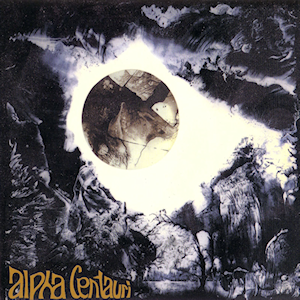
Alpha Centauri is the second studio album by German electronic music group Tangerine Dream. It was released in March 1971 by record label Ohr.

Zeit is the third studio album by German electronic music group Tangerine Dream. A double LP, it was released in August 1972, being the first release featuring Peter Baumann, who joined then-current members Christopher Franke and Edgar Froese. Zeit is subtitled Largo in Four Movements.
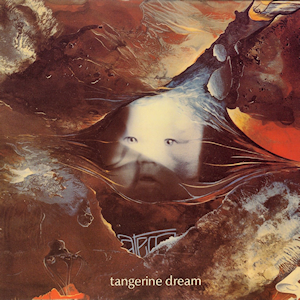
Atem is the fourth studio album by German electronic music group Tangerine Dream. It was released in March 1973 by record label Ohr.
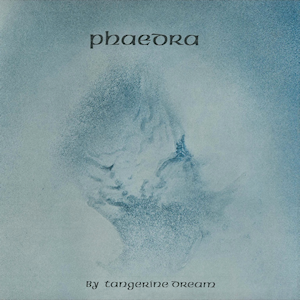
Phaedra is the fifth studio album by German electronic music group Tangerine Dream. It was recorded during November 1973 at The Manor in Shipton-on-Cherwell, England and released on 20 February 1974 through Virgin Records. This is the first Tangerine Dream album to feature their now classic sequencer-driven sound, which is considered to have greatly influenced the Berlin School genre.
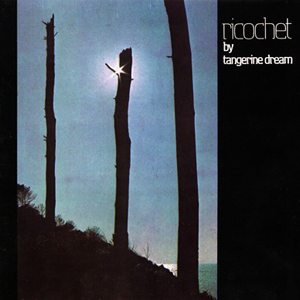
Ricochet is the seventh major release and first live album by the German electronic music group Tangerine Dream. It was released, on the Virgin label, in 1975. It consists of two side-long compositions mixed from studio recordings and the UK portion of their August–October 1975 European Tour. The sound of the album is similar to that of the group's other "Virgin Years" releases, relying heavily on synthesizers and sequencers to produce a dense, ambient soundscape, but is much more energetic than their previous works. Ricochet uses more percussion and electric guitar than its predecessors Phaedra and Rubycon, and borders on electronic rock. The main innovation on the album is the use of complex, multi-layered rhythms, foreshadowing the band's own direction in the 1980s and trance music and similar genres of electronic dance music.

Stratosfear is the seventh studio album by the German group Tangerine Dream.

Timewind is the fifth album by Klaus Schulze. It was originally released in 1975, and in 2006 was the twenty-second Schulze album reissued by Revisited Records. It is Schulze's first solo album to use a sequencer.

Cyclone is the eighth studio album by Tangerine Dream and the first in their canon to feature proper vocals and lyrics. The cover is a painting by band leader Edgar Froese.
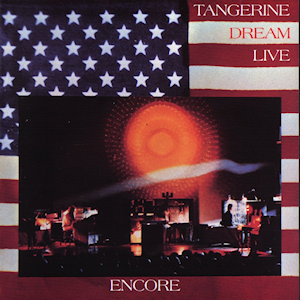
Encore: Tangerine Dream Live is the tenth major release and second live album by the German group Tangerine Dream. It is mostly assembled from various recordings from the band's very successful 1977 U.S. tour.
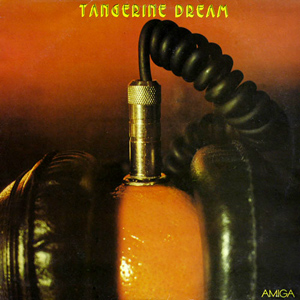
Quichotte is the fourteenth major release and third live album by Tangerine Dream released in 1981. It was re-released in 1986 as Pergamon. It is a selection from the two live concerts held on 31 January 1980 at the Palast der Republik in East Berlin. The second of the two original concerts is available as Tangerine Tree Volume 17: East Berlin 1980. The original title Quichotte is a reference to Don Quixote, a film version of which was being screened in a nearby cinema as one of the concerts was performed, while the retitle is a reference to the Pergamon Museum located in East Berlin near the Palast der Republik.

Sorcerer (1977) is the ninth major release and first soundtrack album by the German band Tangerine Dream. It is the soundtrack for the film Sorcerer. It reached No.25 on the UK Albums Chart in a 7-week run, to become Tangerine Dream's third highest-charting album in the UK.

The Dream Weaver is a solo album by American singer and musician Gary Wright released in July 1975.
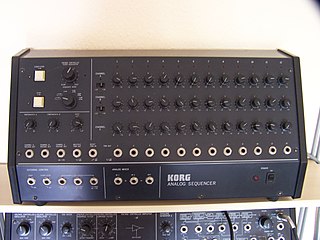
An analog sequencer is a music sequencer constructed from analog (analogue) electronics, invented in the first half of the 20th century.

Stuntman is the fifth solo album released by Tangerine Dream leader Edgar Froese, in 1979.



















